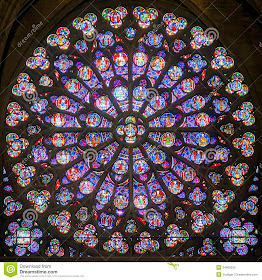For October's Stepping Stones in Arts & Activities magazine, I wanted to focus on the benefits of having a mentor, even if you've just transferred to a different school.
What is a mentor? If you’re entering a new school, it’s good to have someone with prior knowledge to help you adjust to your new environment. A mentor can be a co-worker, a fellow art teacher in the district, or a group of teachers, such as an art team. There are many benefits to having a mentor when you begin at a new school. Even if you’ve been teaching for years, it’s always good to have a helping hand when learning a new school environment.
A mentor should
welcome you to the family. When
you’re working in a new school, you are starting off with new faces, both staff
and students. He/she can introduce you to the staff, give
you a tour around the school, and show you the ins and outs of where everything
located.
A mentor will be one
of your go-to people with questions.
When setting up in a new school, you will have many questions that need
to be asked, such as where the closest copy machine is located. Visual art mentors are especially handy to help you with idea exchanges,
where to get supplies, and where to look for professional networking.
A mentor can guide
you with curriculum design. If you've been teaching for some time and
already have lessons in place, a mentor can inform you on what concepts students
have previously learned (which saves you
from teaching a project the students may already know).
A mentor should
inform you of your responsibilities as the art teacher. Sometimes when you enter a new school, your
mentor should be the one to inform you of any additional responsibilities as an
art teacher, such as monthly displays for the district or props for school
musicals.
A mentor reduces your
feeling of isolation. With so much to plan and projects
to prep, we can easily become isolated in our instructional spaces. A mentor should be able to talk with you
during your challenging times and offer construction advice for when we feel
isolated throughout the school year.
A
mentor can offer wisdom and learning from past experiences. As a
mentee, you may benefit from listening to the lessons that your mentor has
learned along the way through their past experiences…both their successes and
failures. A mentor can help you with reflecting on your art practice. Having a mentor helps you to test your ideas and discuss your points of view in a safe and confidential environment, outside of the fears of evaluations.
Working with a good mentor actually enables you to develop good mentoring behaviors and become a guide for others in the future.
To view the complete article, please visit October's Stepping Stones.































































